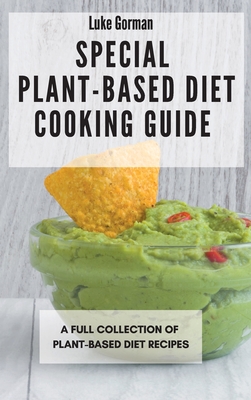**Ultimate Guide to Crafting the Best Plumeria Soil Mix Recipe for Thriving Plants**
Guide or Summary:Plumeria Soil Mix RecipeUnderstanding Plumeria's Soil NeedsEssential Ingredients for Plumeria Soil MixStep-by-Step Plumeria Soil Mix Recipe……
Guide or Summary:
- Plumeria Soil Mix Recipe
- Understanding Plumeria's Soil Needs
- Essential Ingredients for Plumeria Soil Mix
- Step-by-Step Plumeria Soil Mix Recipe
- Testing and Adjusting the Soil Mix
- Planting and Maintenance Tips
Plumeria Soil Mix Recipe
Creating the perfect plumeria soil mix recipe is essential for cultivating healthy and vibrant plumeria plants. Plumerias, also known as frangipani, are tropical plants that require well-draining soil to flourish. A well-crafted soil mix ensures that the roots receive adequate air and moisture, preventing root rot and promoting robust growth. In this guide, we will delve into the components and steps necessary to create an optimal soil mix for your plumeria plants.
Understanding Plumeria's Soil Needs
Before diving into the plumeria soil mix recipe, it’s crucial to understand the specific needs of plumeria plants. These plants thrive in soil that mimics their natural tropical environment. The ideal soil should be light, airy, and well-draining. Plumerias are susceptible to root rot if left in waterlogged soil, so ensuring proper drainage is paramount.
Essential Ingredients for Plumeria Soil Mix
To create the perfect plumeria soil mix recipe, you will need the following components:
1. **Potting Soil**: A high-quality potting soil forms the base of your mix. Look for a soil that is light and well-draining. Avoid heavy garden soils that retain too much moisture.
2. **Perlite or Pumice**: These components are essential for improving drainage and aeration. Perlite is a lightweight volcanic glass, while pumice is a porous volcanic rock. Both materials help prevent soil compaction and allow roots to breathe.

3. **Coarse Sand**: Adding coarse sand to your mix further enhances drainage. It helps create a gritty texture that prevents the soil from becoming waterlogged.
4. **Coconut Coir or Peat Moss**: These organic materials improve moisture retention while maintaining a light and airy soil structure. Coconut coir is a sustainable alternative to peat moss and provides similar benefits.
5. **Compost or Well-Rotted Manure**: A small amount of organic matter enriches the soil with nutrients, promoting healthy growth. Ensure the compost or manure is well-rotted to avoid introducing pathogens to the soil.
Step-by-Step Plumeria Soil Mix Recipe
Follow these steps to create your ideal plumeria soil mix recipe:
1. **Combine the Base Ingredients**: In a large container, mix equal parts of high-quality potting soil and coarse sand. This combination forms the foundation of your soil mix, providing both structure and drainage.
2. **Add Perlite or Pumice**: Incorporate perlite or pumice into the base mixture. Aim for a ratio of about 1 part perlite or pumice to 4 parts of the base mixture. This addition enhances aeration and prevents soil compaction.
3. **Incorporate Organic Matter**: Add a small amount of coconut coir or peat moss to the mix. This should be about 10-15% of the total volume. The organic matter helps retain moisture without making the soil too heavy.
4. **Enrich with Nutrients**: Mix in a handful of well-rotted compost or manure. This step provides essential nutrients to support the growth of your plumeria plants.
5. **Blend Thoroughly**: Thoroughly blend all the components to ensure an even distribution of materials. The final mix should be light, airy, and well-draining.
Testing and Adjusting the Soil Mix
Once you have prepared your plumeria soil mix recipe, it’s essential to test its drainage capabilities. Fill a pot with the soil mix and water it thoroughly. The water should drain quickly, leaving the soil moist but not waterlogged. If the soil retains too much water, consider adding more perlite or coarse sand to improve drainage.

Planting and Maintenance Tips
When planting your plumeria, ensure the pot has drainage holes to prevent water accumulation. Place a layer of gravel or broken pottery at the bottom of the pot to further enhance drainage. Fill the pot with your custom soil mix, plant the plumeria, and water it lightly.
Regularly check the soil moisture and adjust your watering schedule based on the plant’s needs and environmental conditions. During the growing season, feed your plumeria with a balanced fertilizer to support its nutritional requirements.
Crafting the perfect plumeria soil mix recipe is a crucial step in ensuring the health and vitality of your plumeria plants. By understanding their specific soil needs and carefully selecting the right components, you can create an optimal growing environment that promotes robust growth and beautiful blooms. Follow this guide, and your plumerias will thrive, bringing tropical beauty to your garden or home.